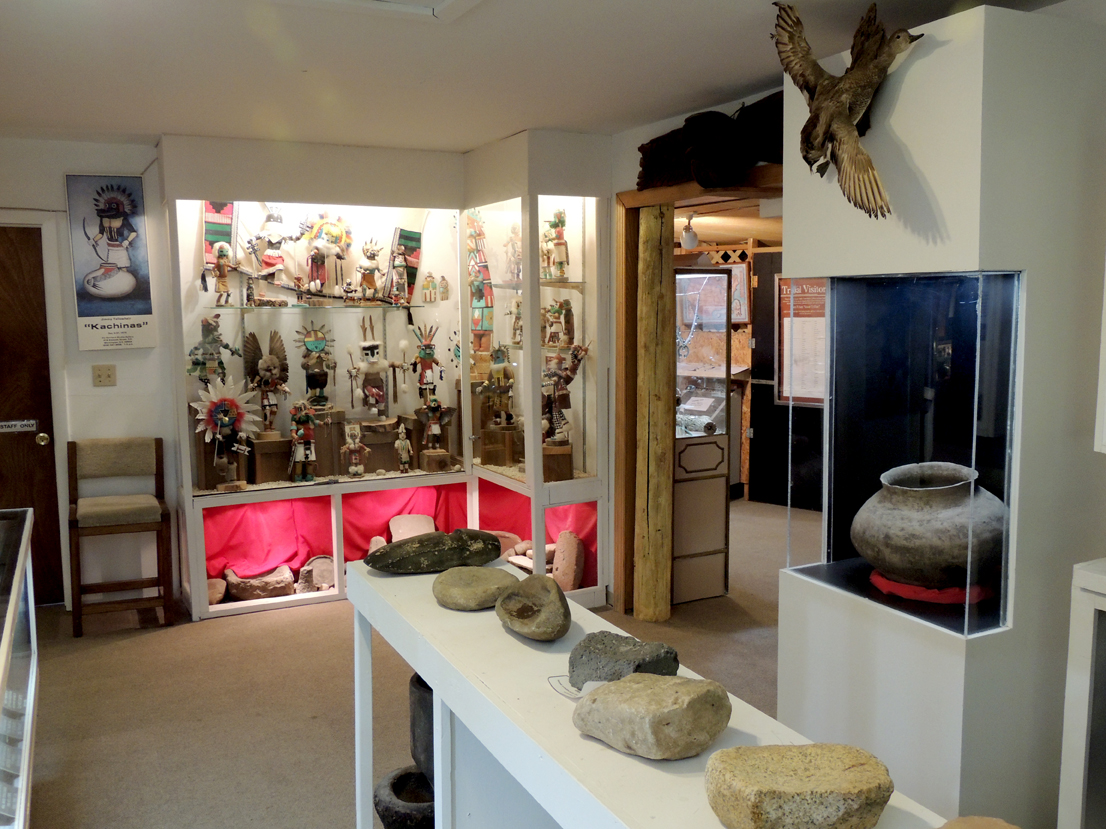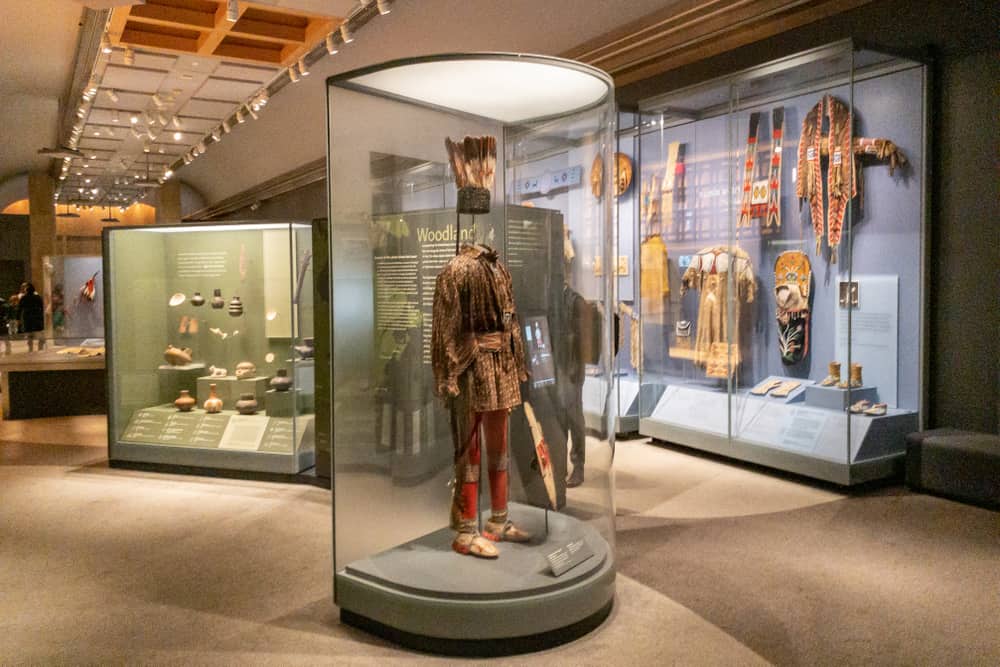
Navigating the Lens: Photography Rules and Ethical Considerations in Native American Museums
Photography within museum settings is a practice often governed by a complex interplay of preservation, visitor experience, and institutional policy. However, when the subject matter concerns Native American cultural heritage, these rules transcend mere practicalities to encompass deep ethical considerations, cultural protocols, and the ongoing struggle for Indigenous self-determination. This article delves into the multifaceted landscape of photography rules in Native American museums, exploring the rationale behind restrictions, the unique cultural sensitivities involved, and the evolving dialogue between institutions and Indigenous communities.
The Foundation: General Museum Photography Policies
Before addressing the specific nuances of Native American museums, it is essential to understand the general principles that underpin photography policies in cultural institutions worldwide. These typically include:
- Preservation and Conservation: The primary concern for most museums is the long-term preservation of their collections. Flash photography, with its intense bursts of light, can accelerate the degradation of delicate organic materials, pigments, and textiles by exposing them to harmful ultraviolet (UV) radiation and heat. Even non-flash photography, if prolonged or improperly executed, can contribute to environmental stress.
- Visitor Experience and Safety: Tripods, monopods, and large camera equipment can obstruct pathways, create tripping hazards, and impede the flow of visitors, diminishing the overall museum experience for others. Furthermore, the act of photographing can distract from quiet contemplation and engagement with the exhibits.
- Copyright and Intellectual Property: Museums often hold the copyright to exhibition designs, interpretive texts, and reproductions of artworks not in the public domain. Commercial photography typically requires explicit permission and licensing agreements to protect these rights.
- Security: In some instances, restrictions on photography are also linked to security measures, particularly for high-value or sensitive artifacts.

These general rules form a baseline, but the specific context of Native American cultural heritage introduces layers of complexity that necessitate a more nuanced and respectful approach.
The Unique Ethos of Native American Museums: Beyond Artifacts
The distinction of Native American museums, whether tribally-operated or those housing significant Indigenous collections, lies in their fundamental philosophical approach to the objects they steward. For many Indigenous cultures, items in a museum are not merely "artifacts" or historical relics; they are often living entities, sacred objects imbued with spiritual power, or direct extensions of ongoing cultural practices and identities. This perspective profoundly shapes photography policies.
1. Sacredness and Spiritual Integrity

Perhaps the most significant factor influencing photography rules is the concept of sacredness. Many objects, particularly those associated with ceremonies, spiritual practices, or ancestral veneration, are considered sacred. Photography of such items can be viewed as an act of disrespect, an intrusion into a spiritual domain, or even as a means of diminishing their spiritual efficacy. Some Indigenous communities believe that capturing an image of a sacred object can "steal its spirit" or reveal knowledge that is meant to remain within specific cultural contexts and initiated individuals.
For these reasons, many Native American museums or sections within larger museums will have explicit "no photography" policies for certain sacred items, ceremonial regalia, or ancestral remains. This is not merely about preservation; it is about honoring the spiritual integrity of the object and the cultural protocols of the community from which it originates.
2. Repatriation and Cultural Property Rights
The historical context of many Native American collections, often acquired through unethical means during periods of colonial expansion, deeply impacts contemporary museum practices. The Native American Graves Protection and Repatriation Act (NAGPRA) of 1990 in the United States, alongside similar legislation and ethical guidelines globally, mandates the return of human remains, funerary objects, sacred objects, and objects of cultural patrimony to lineal descendants and culturally affiliated Native American tribes.
In this context, photography can be perceived as a continued act of appropriation or a means of exercising control over items that Indigenous communities believe should be repatriated. Even for objects not subject to immediate repatriation, the act of unauthorized photography can feel like a reiteration of past injustices, where cultural property was taken, displayed, and interpreted without Indigenous consent.
3. Intellectual Property and Cultural Knowledge
Beyond the physical object, many Native American cultural expressions are rich with embedded intellectual property. Designs, patterns, narratives, songs, and ceremonial knowledge are often specific to certain families, clans, or tribal groups and are passed down through generations. Unauthorized photography, particularly of items featuring unique designs or symbols, raises concerns about:
- Misappropriation: The unauthorized use of Indigenous designs for commercial purposes by non-Indigenous individuals or companies.
- Misinterpretation: Images taken out of context can lead to misunderstandings or misrepresentations of complex cultural narratives.
- Secrecy: Certain aspects of cultural knowledge are considered esoteric or private, meant only for specific community members. Photography can inadvertently expose or trivialize this knowledge.
Museums, in consultation with tribal communities, often restrict photography to protect these intangible cultural heritage rights, ensuring that the visual representation of Indigenous cultures is managed with respect and appropriate consent.
4. Privacy and Living Cultures
Native American museums frequently feature contemporary art, photographs of living individuals, or depictions of ongoing cultural events. In such cases, privacy rights and the explicit consent of artists, community members, or participants in ceremonies become paramount. Photography without consent can be a violation of individual privacy and cultural protocols, particularly if images are then widely disseminated online or used in ways not intended by the subjects. This is especially true for photographic exhibitions featuring sensitive subjects or personal stories.
Common Photography Restrictions and Their Rationale in Native American Museums
Given these unique considerations, photography rules in Native American museums often include, but are not limited to, the following:
- Blanket Bans on Photography: For particularly sensitive collections, entire galleries or museums may prohibit all forms of photography, including non-flash and personal use. This is typically implemented when the majority of the collection holds deep sacred significance or when the museum operates under strict tribal cultural protocols.
- Designated "No Photography" Zones: Specific sections or individual exhibits featuring sacred objects, human remains, or highly sensitive cultural items will be clearly marked with "no photography" signs. Visitors are expected to strictly adhere to these boundaries.
- Prohibition of Flash Photography: As with general museum policies, flash is almost universally prohibited for conservation reasons, but in Native American contexts, it can also be seen as an aggressive or disrespectful intrusion.
- Restrictions on Tripods and Specialized Equipment: These are typically disallowed to ensure visitor safety, maintain clear pathways, and prevent disruption, but also to discourage professional-level photographic endeavors without prior institutional and tribal approval.
- Strict Rules Against Commercial Use: Any photography intended for commercial purposes, including publication, marketing, or sale, almost invariably requires a formal request process, explicit permission from the museum, and often consultation with and permission from the originating tribal community. Licensing fees are common.
- Limitations on Digital Dissemination: Even for personal, non-flash photography that is permitted, some museums may request or require visitors not to share images of certain items on social media or other public platforms. This is an attempt to mitigate the uncontrolled spread of potentially sensitive imagery and to protect intellectual and cultural property in the digital age.
The Role of Indigenous Voices and Collaborative Governance
A defining characteristic of contemporary Native American museum practices is the increasing emphasis on collaborative governance and the centrality of Indigenous voices in policy-making. Many museums consult directly with tribal elders, cultural committees, and spiritual leaders to develop their photography policies. Tribally-operated museums, by their very nature, embed these cultural protocols into their operational framework.
This collaborative approach ensures that rules are not merely arbitrary restrictions but are deeply informed by Indigenous perspectives on cultural stewardship, respect, and the ongoing vitality of their traditions. It moves beyond a Western museological paradigm of preservation to embrace Indigenous concepts of cultural continuity and spiritual well-being.
Best Practices for Visitors
For visitors to Native American museums, understanding and respecting these rules is paramount. Key best practices include:
- Always Ask: If there is any doubt about photography policies, inquire with museum staff before taking any pictures.
- Read Signage Carefully: Pay close attention to posted signs at entrances, in galleries, and next to individual exhibits.
- Respect Staff Guidance: Museum staff are there to ensure the safety of the collection and the adherence to cultural protocols. Their instructions should be followed without argument.
- Understand the "Why": Take a moment to reflect on the reasons behind the rules, appreciating the cultural sensitivities and historical context.
- Consider Alternatives: Many museums offer high-quality postcards, exhibition catalogs, or licensed digital images that can serve as respectful mementos.
- Err on the Side of Caution: When in doubt, it is always better to refrain from taking a photograph than to risk disrespecting cultural protocols or damaging sensitive items.
Conclusion: Ethical Engagement in a Digital Age
Photography rules in Native American museums are far more than administrative guidelines; they are ethical frameworks designed to foster respectful engagement with Indigenous cultural heritage. They reflect a profound understanding of sacredness, the importance of cultural property, the protection of intellectual rights, and the ongoing efforts of Indigenous communities to assert self-determination over their heritage.
In an increasingly digital world, where images can be instantaneously shared and endlessly reproduced, the challenges to maintaining these protocols are evolving. Museums and Indigenous communities continue to navigate this complex landscape, striving to balance public access and education with the imperative to honor cultural protocols and safeguard the spiritual and intellectual integrity of Native American heritage. For the visitor, adhering to these rules is an act of profound respect, contributing to a more ethical and culturally sensitive appreciation of the rich and living traditions of Native America.


